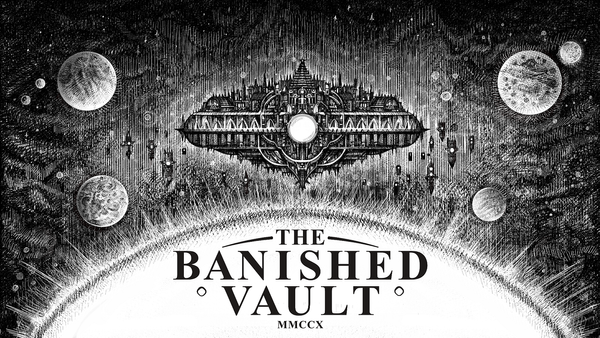What Remains of Edith Finch and the novel-in-stories
Do genre monikers matter? (Probably not, but read this anyway)
What Remains of Edith Finch is a novel-in-stories.
That’s it. That’s the Backlog for this week.
Okay, fine.
What Remains of Edith Finch is often cited as an example of the can’t-help-but-be-derisive genre of “walking simulators,” a really stupid moniker for usually thoughtful games that task you with moving through spaces (that’s the walking part!) and interacting with fictive elements. Which, when you get down to it, is a lot of games, isn’t it? Should we consider all games with bipedal avatars walking simulators, then? Is a JRPG a walking simulator? Is Doom Eternal? I don’t care.
Much has been written about What Remains of Edith Finch, originally released in 2017. It’s a game you can complete in a single sitting, in roughly two hours and change. I found it moving and ambitious, if not evenly executed. The conceit is that you, the player, are returning to your family’s home after some time away, moving from room to room while reminiscing about the people who once inhabited the space. It feels eerily similar to its fellow “walking simulator” Gone Home, until, that is, you realize that this particular family is cursed. Like, cursed-cursed. Every Finch has met a grisly fate, and the game progresses as a kind of montage of their untimely deaths via games-in-miniature: tiny segments with their own mechanics and game logic. Played out within the span of 10 to 20 minutes, each Finch death contains an entire emotional and mechanical arc, feeling complete unto themselves. Then, at their conclusion, you are returned to the frame story of Edith and her traversal through the house.
Being a writer-type person with book brain, I couldn’t help but think of the game’s structure as being analogous to the novel-in-stories. Perhaps just as dubious a term as “walking simulator,” in the sense that it often has more to do with marketing than artistic intent, it still felt like a neater container for What Remains of Edith Finch than any traditional game genre terminology. The family members’ individual death scenes operated exactly like short stories for me: succinct ideas, beautifully played out, that would have suffered if they were forced into a larger form. One in particular, the story of a factory worker living with depression, utilized the repetitive nature of game mechanics to tell a story of his imaginative, if tragic, escape.1 It was genuinely one of the most moving things I’ve ever played, alongside the likes of Gone Home and Journey. But if it had been a full-length game? Those very things that made it special—its sense of drudgery, its imaginative use of split screen to represent a mind at odds with its surrounding, its shrill but denotative use of audio—would have made it unbearable to play. But presented as a short story? It was perfect.
So why am I not calling it a short story collection? It comes back to that frame story. Edith’s own arc is essential to the overall experience of the game, though at first it seems incidental. I won’t spoil the conclusion of the game, but it has that special quality that people in fiction workshops like to call “surprising inevitability.” Edith serves as the throughline for the larger story of the doomed family. Despite the episodic nature of the individual Finch death games, they each contribute to a larger narrative which Edith pens in her notebook as the game progresses. You wonder, alongside Edith, at the ultimate meaning of all this. It gives the game a long line of tension to go along with its short lines. Which is to say, it has novelistic qualities and qualities of short stories.
So, like I said: What Remains of Edith Finch is a novel-in-stories.
And like other novel-in-stories, the Reese’s Peanut Butter Cups of literature, I really wish there were more of them. If you like a weird structure and a good cry, you should play Edith Finch.
If you don’t mind spoilers or don’t intend to play the game, this video essay from Game Maker’s Toolkit does a tremendous job breaking down what makes this level so special. ↩





